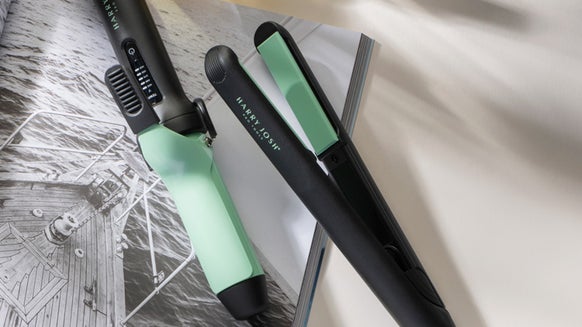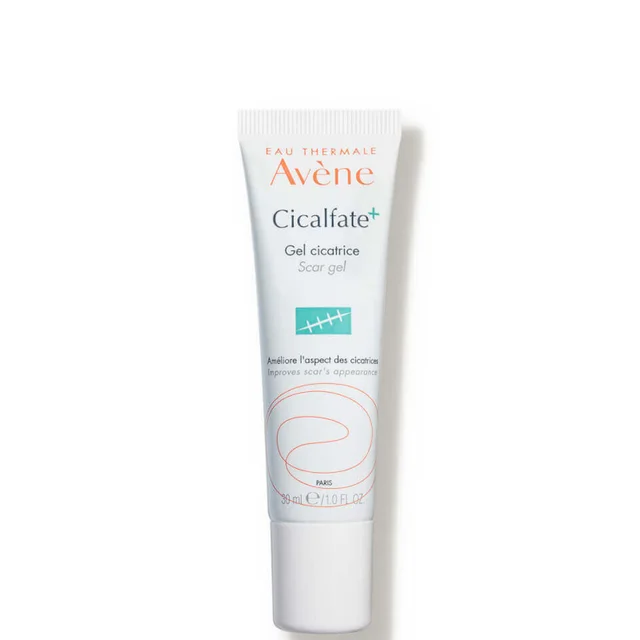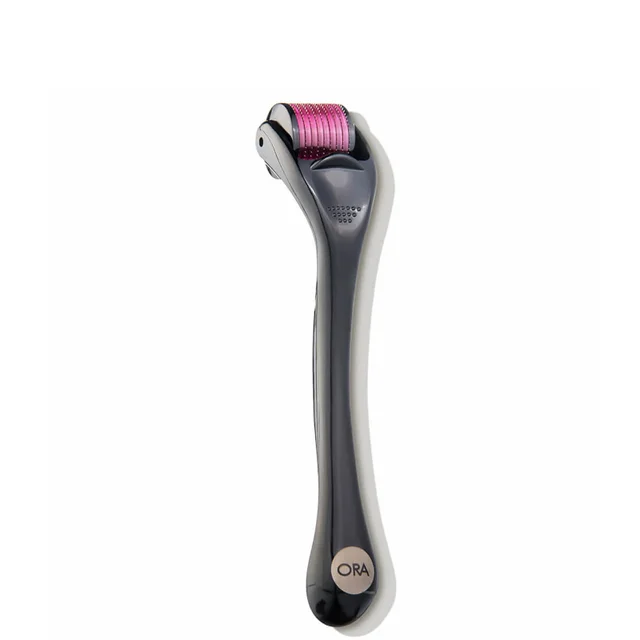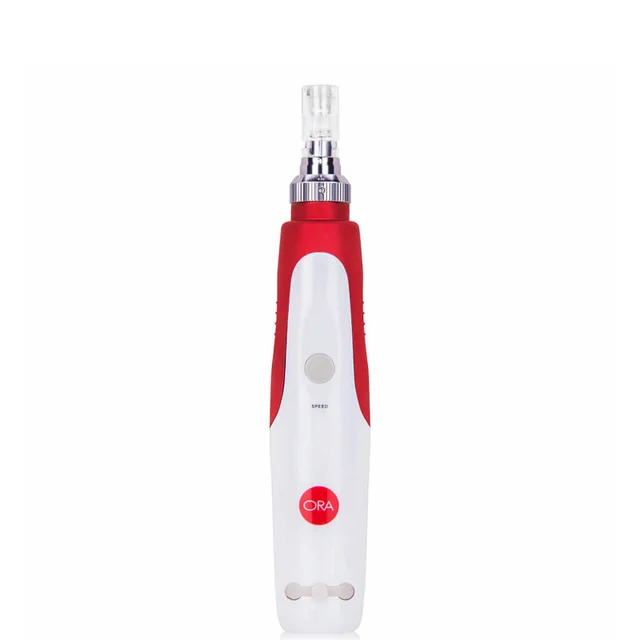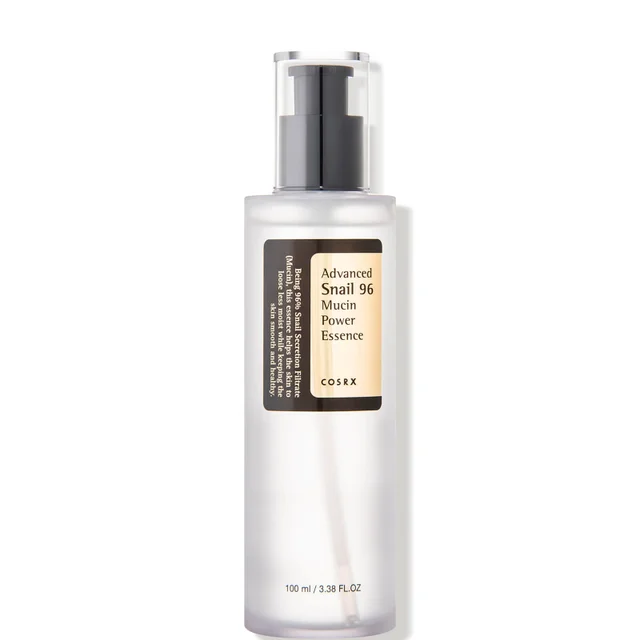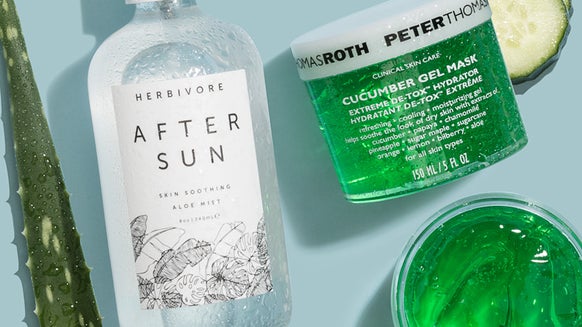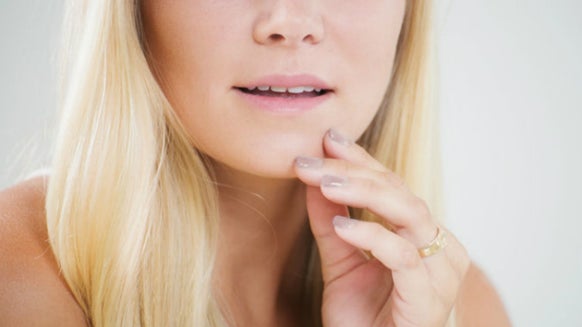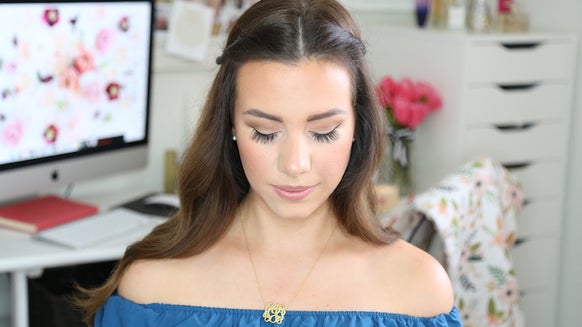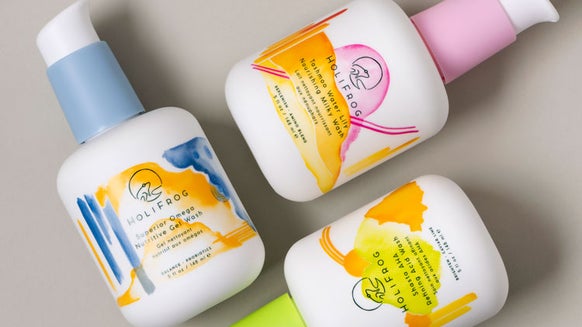How to Fade Burn Scars with Skincare Products & Tools
While there is no known way to make burn scars fully disappear, they do gradually fade over time. We’ve got plenty of tips and tricks to speed up this process, as well as advice on how to make burn scars less prominent.
How to Treat a Burn
If you’re unsure which category the burn you've sustained falls into—don’t worry; we’ve got you covered. “Minor first-degree burns leave the skin pink or red but don't cause blistering, oozing or crusting,” says Jennifer Hermann, MD
How to Treat Sunburn
If you’ve gotten sunburned, your best bet for treating it is a cool compress paired with a thick, bland emollient, such as Aquaphor. As for protecting your new sunburn from the sun, either stay in the shade or use a physical (or mineral) sunscreen. “Many sunscreens, especially those that are chemical-based, may be too irritating to injured skin at this early stage of healing,” explains Dr. Hermann. Dermstore suggests SkinCeuticals Ultimate UV Defense SPF 30.
How to Treat Other Burns
How to Fade Burn Scars
While not every scar will respond well to at-home treatment, there are some things that you can try to help lighten your scar in its early phases. Dr. Hermann suggests using a scar cream as soon as the top layers of your skin have healed. “Many scar creams contain silicone, which acts to hydrate the skin,” she says. She’s a fan of DNA EGF Renewal DNA Scar Therapy since it also contains DNA enzymes, which target healing microscopically and more efficiently. In fact, we’ve compiled a whole list of our favorite scar creams further on in this article.
Ultimately, scars remodel for a year, so patience is key if you’re still unhappy. Once it stops changing, you can explore more intensive options. “If texture changes result after the burn, we can use precise resurfacing lasers to smooth skin, and if redness persists, we can use vascular lasers to fade this away more quickly,” Dr. Hermann says.
A final thing to note is while we may love the glowing effect the sun can have on our skin, it doesn’t work the same when it comes to scars. The exposure tends to make scars darker and more pronounced, sometimes culminating in skin discoloration. If this is something you’re wary of, Dr. Hermann recommends using a zinc-based sunscreen, preventing scars from hyper-pigmenting or turning brown.
Beauty Tools That Can Help with Fading Burn Scars
If you’re looking to try a treatment for your burn scar at home, rather than a clinic—microneedling could be for you. But, what is microneedling? Basically, a microneedle roller or microneedle pen (depending on your preference) is covered in fine, painless needles that signal your skin to create new collagen and elastin. In its quest to help your burn scar, the collagen boost plumps, smooths and resurfaces skin and can, in turn, regenerate a healthier and more even complexion.
You may now be wondering what the difference is between a roller and a pen. If so, a roller targets the skin at an angle, whereas a pen targets it vertically. The main difference, however, is that whereas you move a microneedling roller back and forth over the skin, a microneedling pen uses machine-powered pulses. It can therefore more precisely target harder to reach areas, such as those around the eyes, nose and upper lip. While rollers come with one setting, most pens have an adjustable needle head that lets you choose varying needle lengths depending on your needs.
How Do Scar Creams Work
Creams and other products can reduce the appearance of burn scars by hydrating and smoothing the area, reducing redness and evening out the skin. According to board-certified dermatologist Dr. Erin Gilbert, MD, PhP, “silicone is the most effective ingredient in reducing the appearance of scars.” This is due to the fact silicone reduces collagen overgrowth, which leads to scarring. As well, silicone works to flatten and fade scars by hydrating the tissue. Other ingredients that you can look out for are allantoin, vitamin E oil and retinol, which also works to improve texture and soften the skin.
Do Scar Creams Work on Burn Scars?
Scar creams can help to speed up the healing process of burn scars, as well as make them less prominent. However, it’s important to remember that certain creams are better suited to certain scar types. According to Dr. Gilbert, scars are the result of collagen fiber regrowth after a skin injury. “Most superficial injuries,” she says, “will lead to temporary changes in the color of the skin (red or white depending on skin type), whereas deeper injuries can lead to depressed scars (as in acne), raised scars or flat, shiny scars (as in deeper burn scars).” The majority, regardless of cause, will fade naturally with time, but finding the specific treatments and products for yours will be required to significantly reduce their appearance. Our recommendations below are suitable for all types of burn scars.
The Best Scar Creams and Tools
1. SkinCeuticals Sheer Physical UV Defense SPF 50 Mineral Sunscreen (Various Sizes)
2. SkinMedica Scar Recovery Gel with Centelline (0.5 oz.)
3. Avène Cicalfate Scar Gel (1 oz.)
5. Beauty ORA Face Microneedle Dermal Roller System 0.5mm - Purple/Black (1 Piece)
6. Beauty ORA Electric Microneedle Derma Pen System (4 Piece)
7. COSRX Advanced Snail 96 Mucin Power Essence (3.38 fl. oz.)

From the latest hair and makeup trends to the best solutions for your skin issues, we've got all your beauty concerns covered!
Related Posts

7 Dermatologist Tips for Caring for Your Skin During a Seasonal Change
